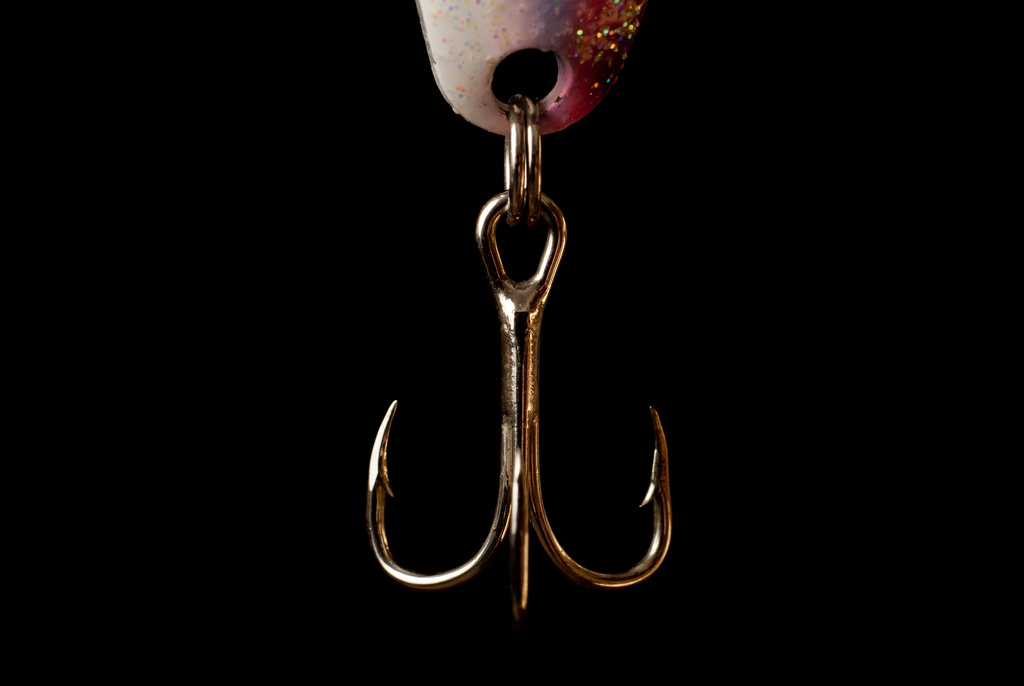 How do songwriters emphasize their song title or major lyrical “hook” of their song? Besides the obvious fact that the words themselves should be compelling, the musical section needs to stand out from the rest of the song as well. One common way is to make some of the notes that accompany your title higher or lower than the rest of the melody. Contemporary worship writers most often choose to go higher, but either can work.
How do songwriters emphasize their song title or major lyrical “hook” of their song? Besides the obvious fact that the words themselves should be compelling, the musical section needs to stand out from the rest of the song as well. One common way is to make some of the notes that accompany your title higher or lower than the rest of the melody. Contemporary worship writers most often choose to go higher, but either can work.
You can also create a melodic hook by changing the rhythm. For instance, if the lines before and after your hook line are primarily composed of eighth notes and quarter notes, you can use long, fluid half notes and whole notes for your hook line. Glenn Packiam and Paul Baloche do this on “Your Name.”
You can go the opposite direction as well – compose the lines around your hook with long notes, then craft short notes for your hook. Jeremy Riddle does this on Bethel Music’s “Furious.” He stretches the notes of his pre-chorus, leading into a machine gun-like intensity of shorter notes throughout the chorus.
Finally, don’t make listeners wait too long before you introduce your major hook. Most songs will hit their big hook within about 30 seconds from the beginning of the first verse. This is often true of hymns, too. Whereas the big hook in contemporary worship songs usually comes in the chorus, it often comes midway through each verse in the V-V-V hymn format. You can hear it on lines 5-6 of each verse in these Stuart Townend/Keith Getty hymns (each of which contain 8 lines per verse):
- In Christ Alone
- Resurrection Hymn (See What A Morning)
- O Church Arise
Top photo by Derek Garvey, used via Creative Commons license
{ 1 trackback }